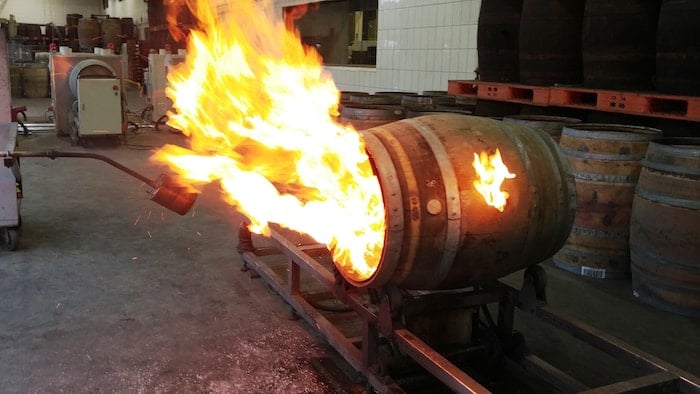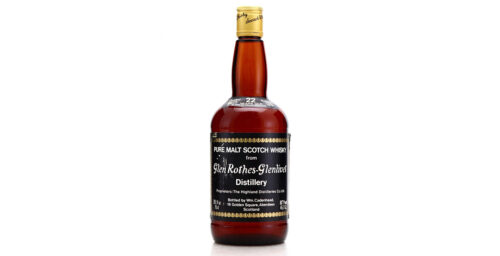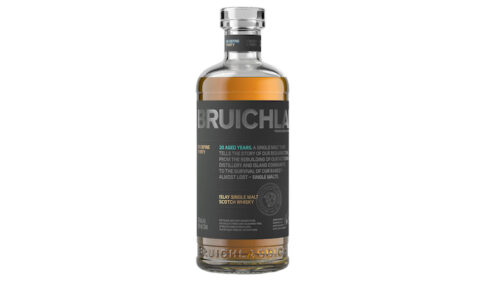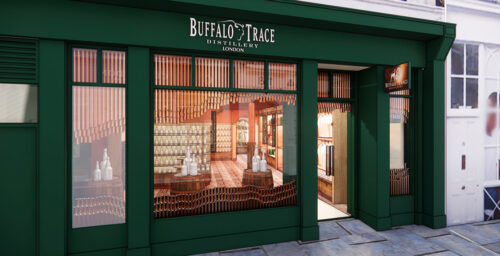The type of cask used to age a whiskey has a dramatic impact on the flavor of the final product. There are many aspects that make a difference—the size of the cask, the type of wood, where it was grown, the weather during aging, even where the barrel was stored in the warehouse—but perhaps no feature has a bigger impact than whether the interior of the cask was charred or toasted.
First, why bother charring or toasting the inside of a cask at all? It turns out that aging spirit in raw wood barrels results in an unpleasant, sappy astringency—a “green” taste that most people aren’t looking for. By applying heat, coopers (the people who make casks) take advantage of heat-driven chemical reactions in the wood that impart sweet, nutty, toasty, and caramelized flavors to a cask’s contents.

Charred barrels are the traditional cask for American distillers, and they’re produced in much the way you might imagine: by exposing the inside of the barrel to fire. There are several degrees of char, ranging from light char (number one char) all the way to heavy char (number four char), sometimes called “alligator char” for its resemblance to an alligator’s cracked, fissured skin. Most American distilleries use number three or number four charred barrels.
But doesn’t all that char make whiskey taste like an ashtray? Not exactly—in fact, it’s almost the opposite. All that charcoal on the interior of the charred barrel actually acts as a filter, trapping and removing impurities from the whiskey and resulting in a smoother flavor. Charred barrels tend to produce a sweeter whiskey, and impart flavors like baking spice, caramel, brown sugar, vanilla, and fruits—a familiar set of flavors for fans of American bourbon and rye.
Toasted casks, on the other hand, are the cask of choice for winemakers. The interior of these barrels is also exposed to heat, but more gently, and the result is a wood that’s been toasted rather than burned to a crisp. Toasted casks are less frequently used in whiskey making, but they are employed, especially in the form of wine casks used for finishing. These casks often impart flavors like almond, coconut, cinnamon, and maple, as well as firm yet subtle tannins people often describe as “silky.”



